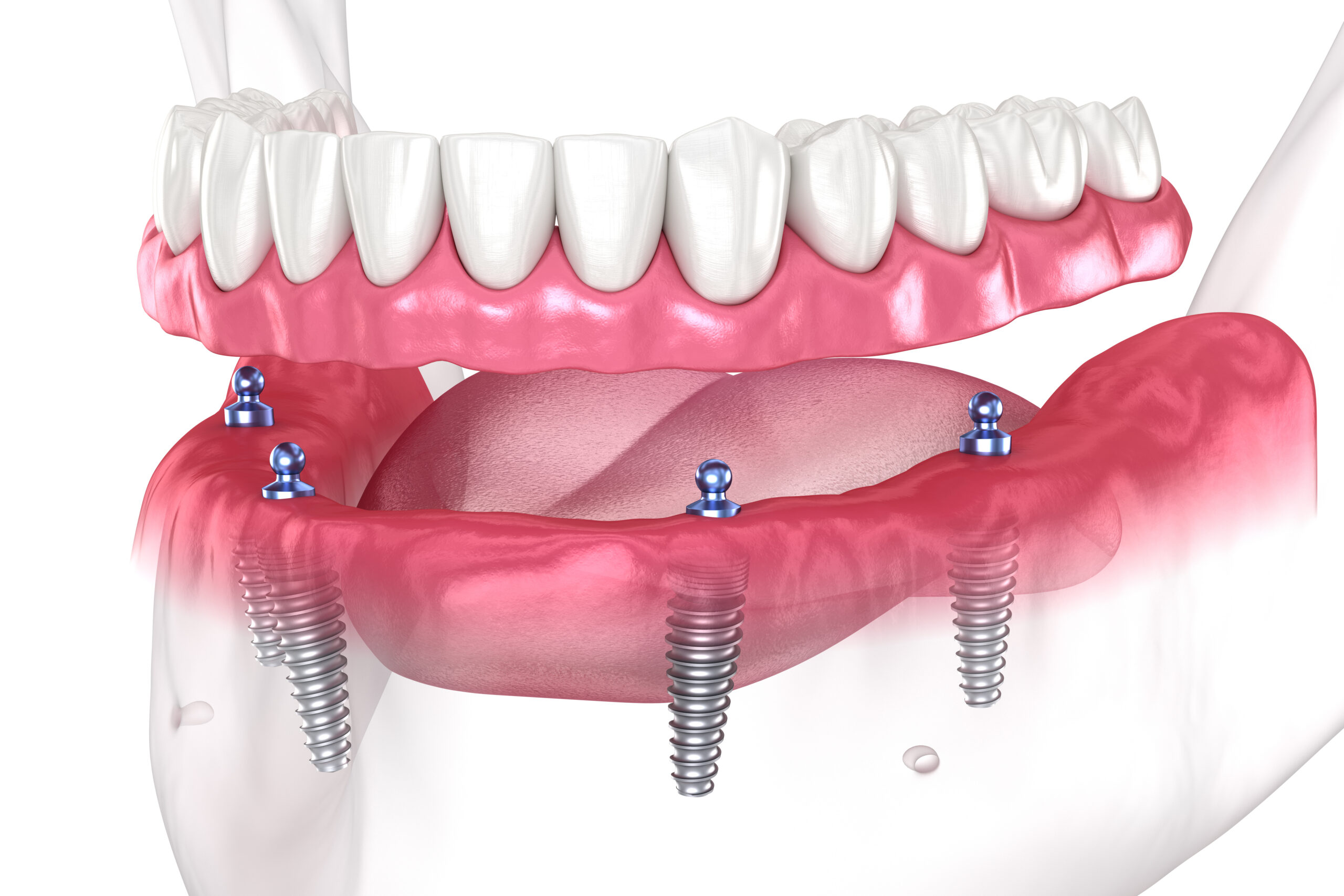Unknown Facts About Dental Sense
Table of ContentsThe Greatest Guide To Dental SenseThe Buzz on Dental SenseEverything about Dental Sense3 Simple Techniques For Dental Sense
are medical tools surgically dental implanted right into the jaw to restore a person's capability to chew or their look. They provide assistance for artificial (fake) teeth, such as crowns, bridges, or dentures. When a tooth is shed because of injury or illness, a person can experience problems such as fast bone loss, faulty speech, or changes to chewing patterns that result in pain.Oral dental implant systems include a dental implant body and dental implant abutment and might likewise consist of an abutment fixation screw. Cosmetic dentistry services. The oral implant body is surgically put in the jawbone in place of the tooth's origin. The oral implant joint is typically attached to the dental implant body by the abutment fixation screw and extends via gums into the mouth to sustain the connected man-made teeth
Cigarette smoking may impact the recovery procedure and reduce the long-lasting success of the dental implant. The recovery procedure for the dental implant body may take a number of months or longer, during which time you generally have a short-term abutment in place of the tooth. the oral implant procedure: Carefully adhere to the oral hygiene guidelines provided to you by your oral service provider.
How Dental Sense can Save You Time, Stress, and Money.
Implant failure can cause the demand for an additional surgical procedure to take care of or replace the implant system. Brings back the ability to chew Brings back aesthetic look Helps maintain the jawbone from diminishing due to bone loss Protects the wellness of the bordering bone and periodontals Assists keep nearby (neighboring) teeth secure Enhances lifestyle Damages to surrounding all-natural teeth during implant positioning Injury to the surrounding tissues during surgery, such as sinus opening Injury during surgery (for instance, crack of surrounding jawbone) Inadequate function, such as feeling like the teeth do not bite with each other normally An experience that the tooth is loosened or twisting in position arising from a joint screw loosening up Implant body failing (looseness of the dental implant body) because of systemic infection, which may be more probable in individuals with uncontrolled diabetes mellitus as a result of local infection in bone and gum tissues sustaining the dental implant body because of postponed recovery, which might be most likely in patients who smoke Problem cleaning up the gums around the implant, resulting in poor dental health Neglected gum illness Post-surgical pins and needles because of nerve impingement or damage Constantly notify healthcare suppliers and imaging specialists that you have oral implants before any type of magnetic resonance imaging (MRI) or x-ray treatments.
FDA is not conscious of any kind of damaging occasions reported for MRI or x-ray treatments with dental implants. Oral implants systems are normally constructed from products that follow global consensus criteria of the International Organization for Standardization (ISO) or ASTM International. These requirements have details of what makes a safe material.

A dental implant is a framework that changes a missing tooth. With screw-like tools, the specialist inserts an implant right into the jawbone, and it acts as a support for a man-made tooth, called a crown.
How Dental Sense can Save You Time, Stress, and Money.
Some individuals are not eligible for dental implant surgery. It is for oral cosmetic surgeons to operate on individuals with: severe illnessuncontrollable metabolic diseasebone or soft tissue illness or infectionIf these concerns are resolved, a person can have the surgical procedure. In, oral cosmetic surgeons refrain from running on people with: If people with any one of the above undergo oral implant surgical treatment, there is a greater threat of the implant falling short.

Oral implant surgical procedure is an individualized process. It's not the very same for every person. But the complying with offers a general introduction of what you can anticipate your dental professional, oral specialist, periodontist or prosthodontist to do: Put the dental implant operatively. Give you time to recover. Affix the post and final crown, bridge or denture.
Next off, your specialist will meticulously position the oral implant right into your jaw. Ultimately, your cosmetic surgeon will reposition your gums and close the incision with stitches. If your implant is near the front of your mouth, your dental expert will certainly make a short-term tooth for you to use until you recover. By doing this, you won't have a void in your smile while you recoup.
Things about Dental Sense
Your copyright can tell you what to expect in your situation. Throughout the recovery phase, your jawbone must fuse to the oral implant. This process, called osseointegration, is essential for stability and long-lasting success. This procedure can take anywhere from 3 to nine months. Sometimes, it might take much longer.
When your implant heals, your dental practitioner can connect the important source joint (little port blog post) and your last repair (crown, bridge or denture). This usually takes about one hour to finish and might require a second minor surgical treatment. You should not feel any type of pain throughout your oral implant treatment due to the fact that your service provider will utilize medicine to numb your gum tissues.
Comments on “How Dental Sense can Save You Time, Stress, and Money.”